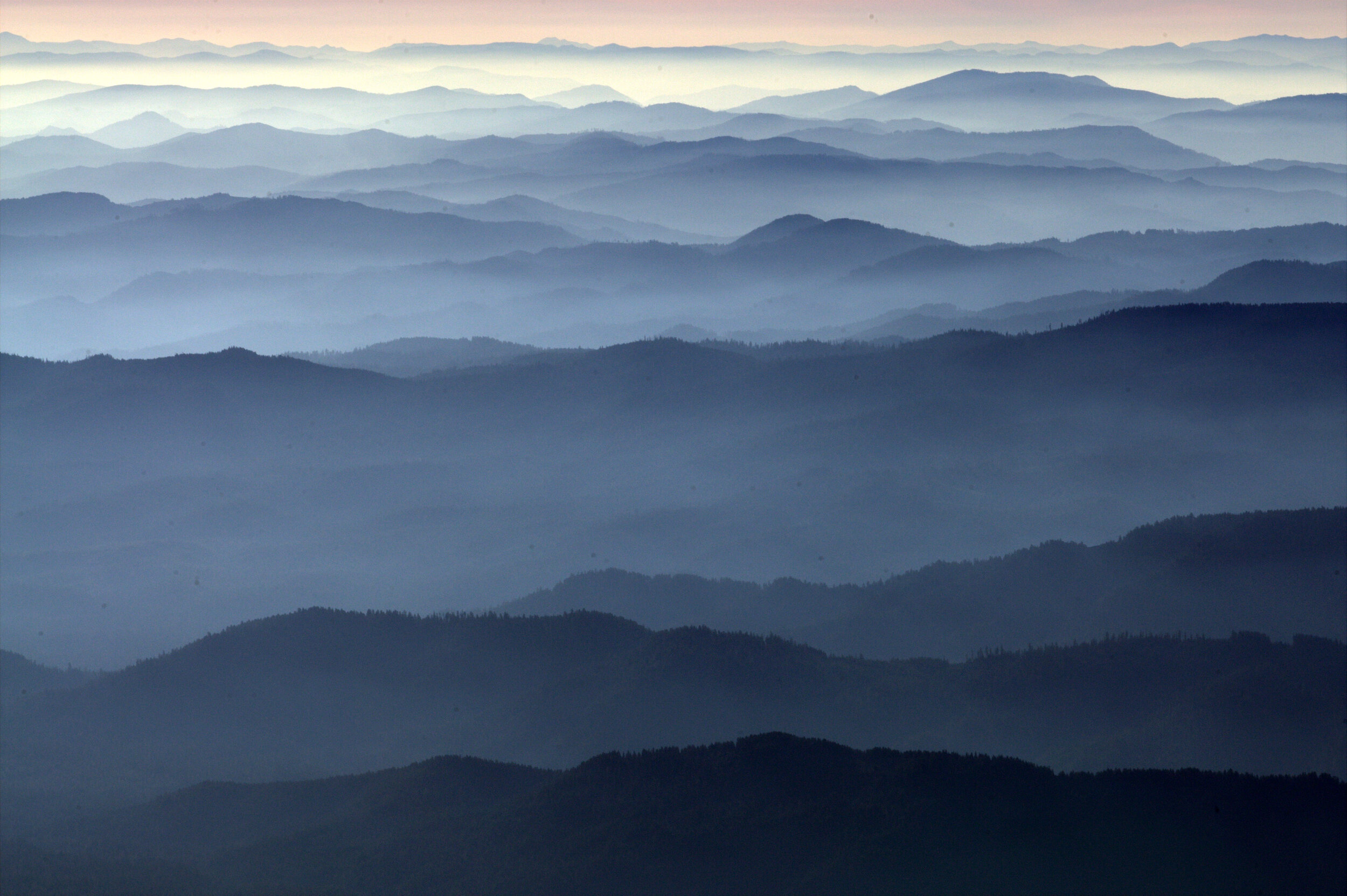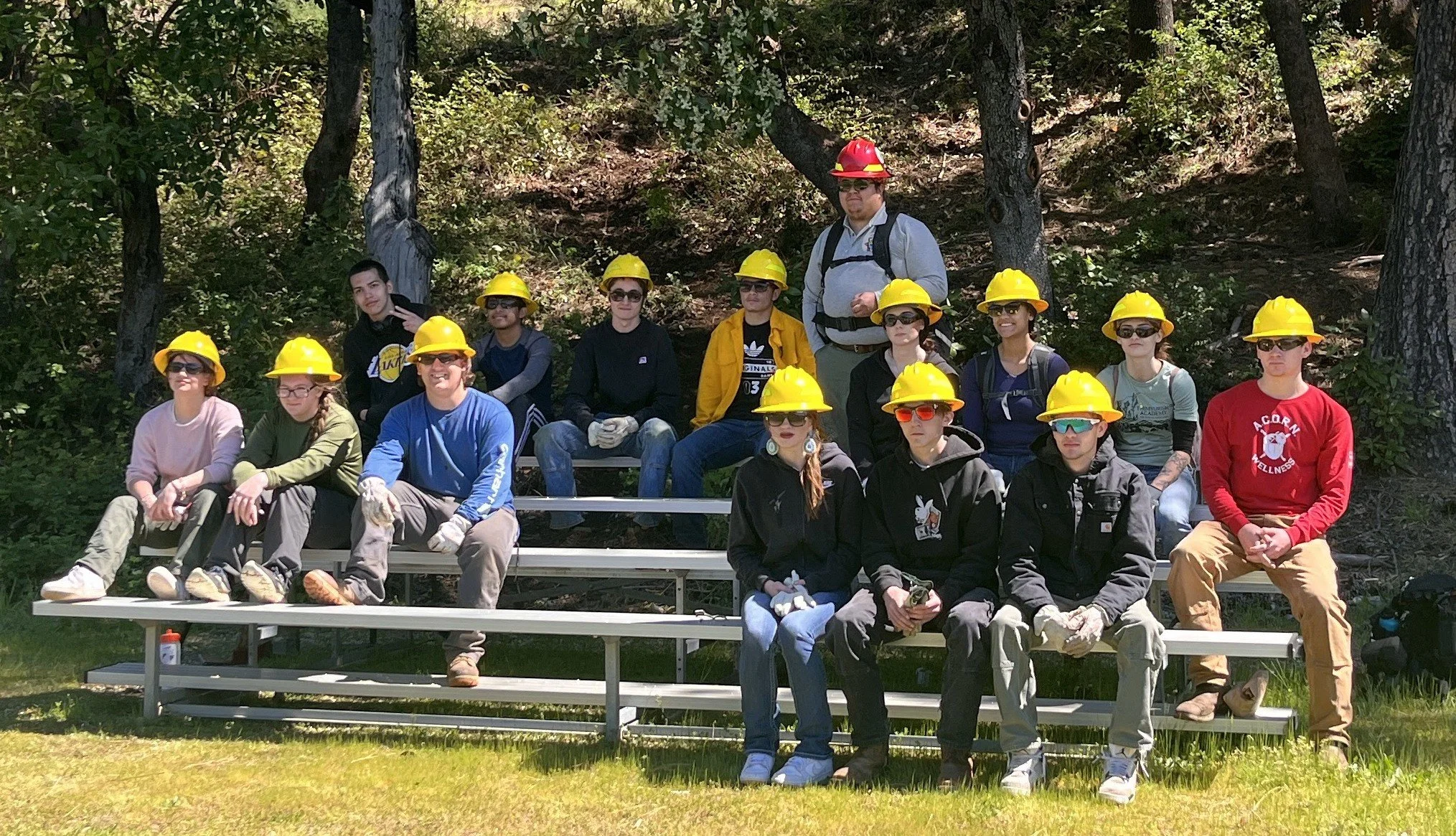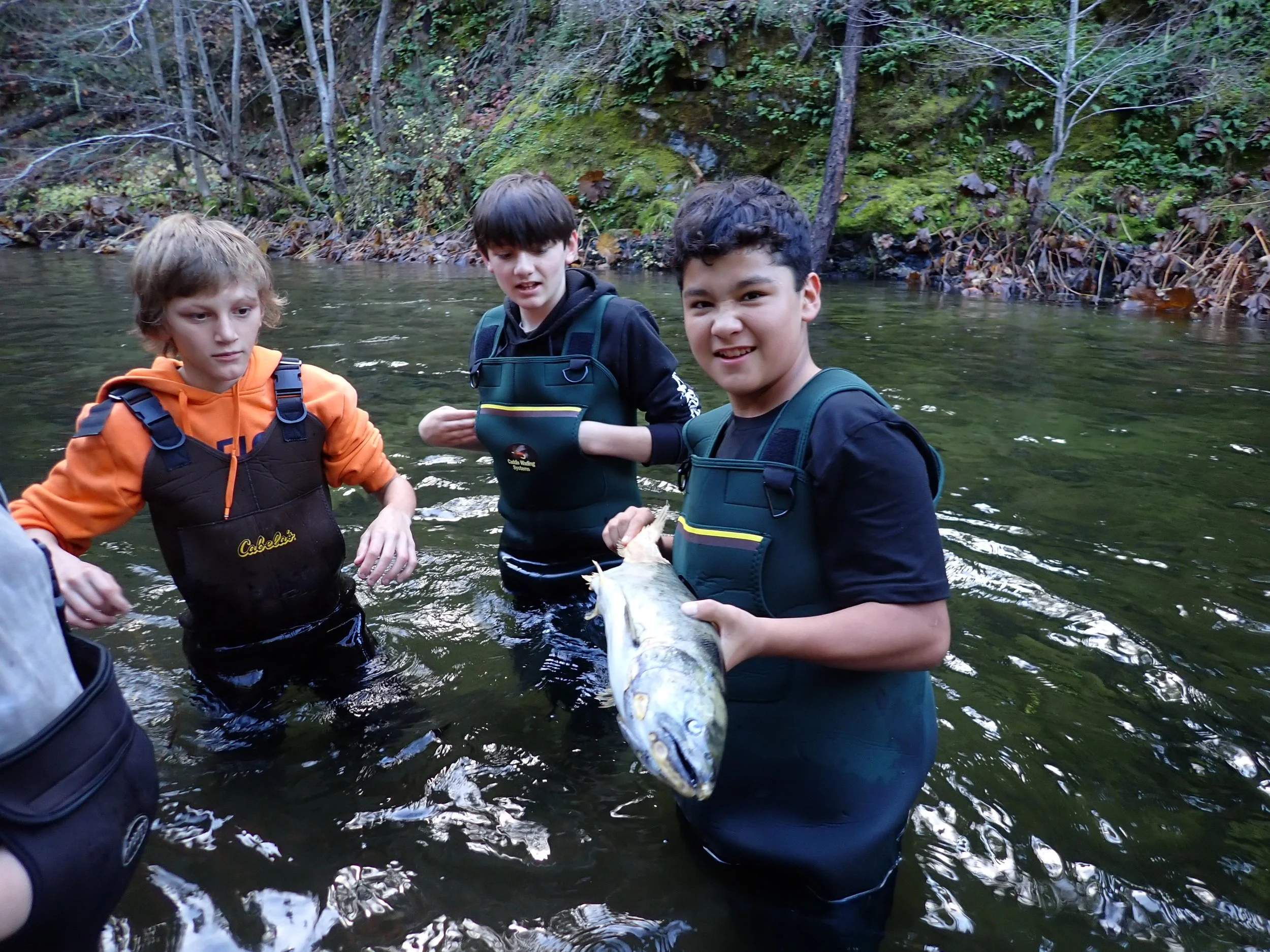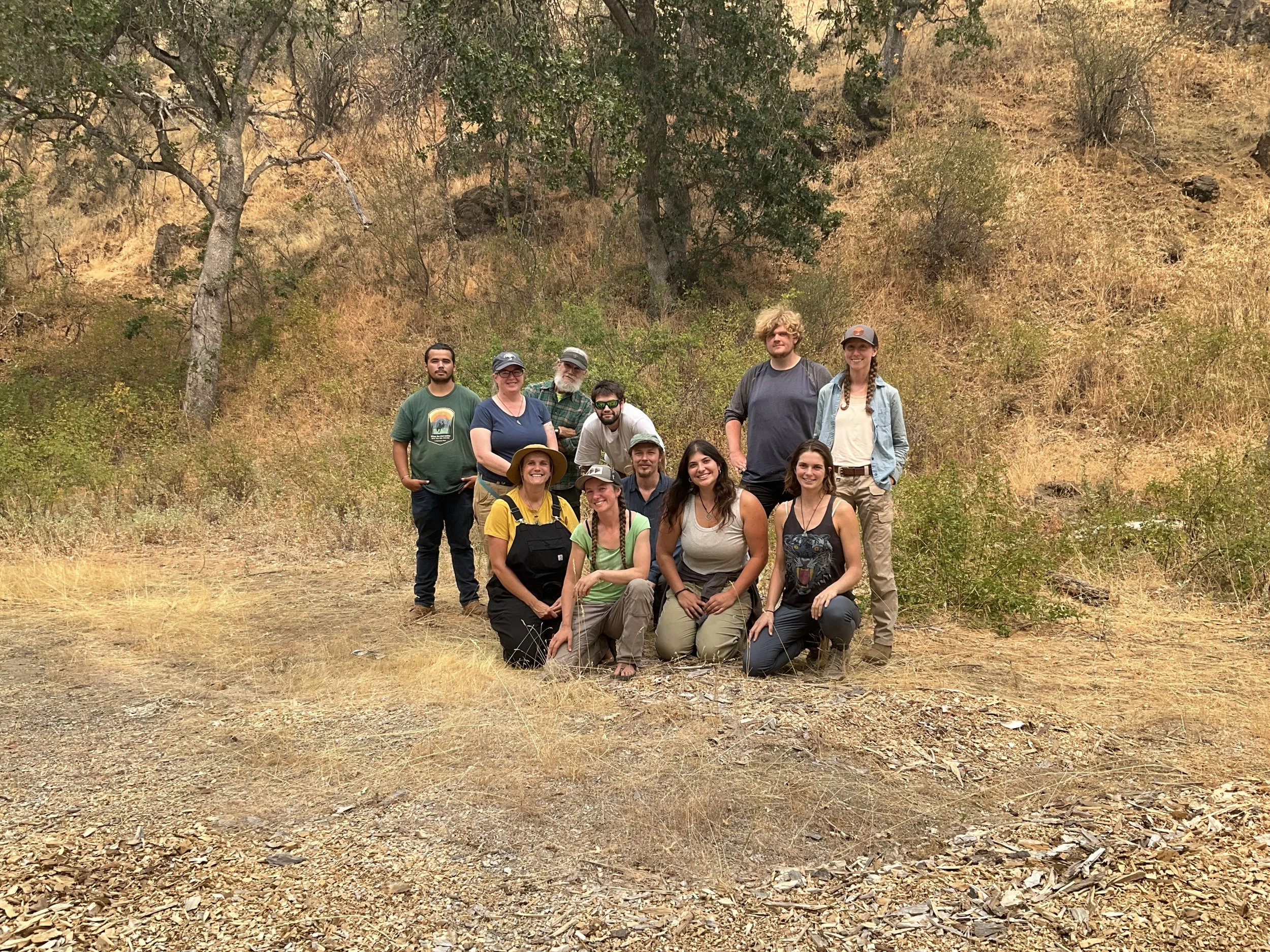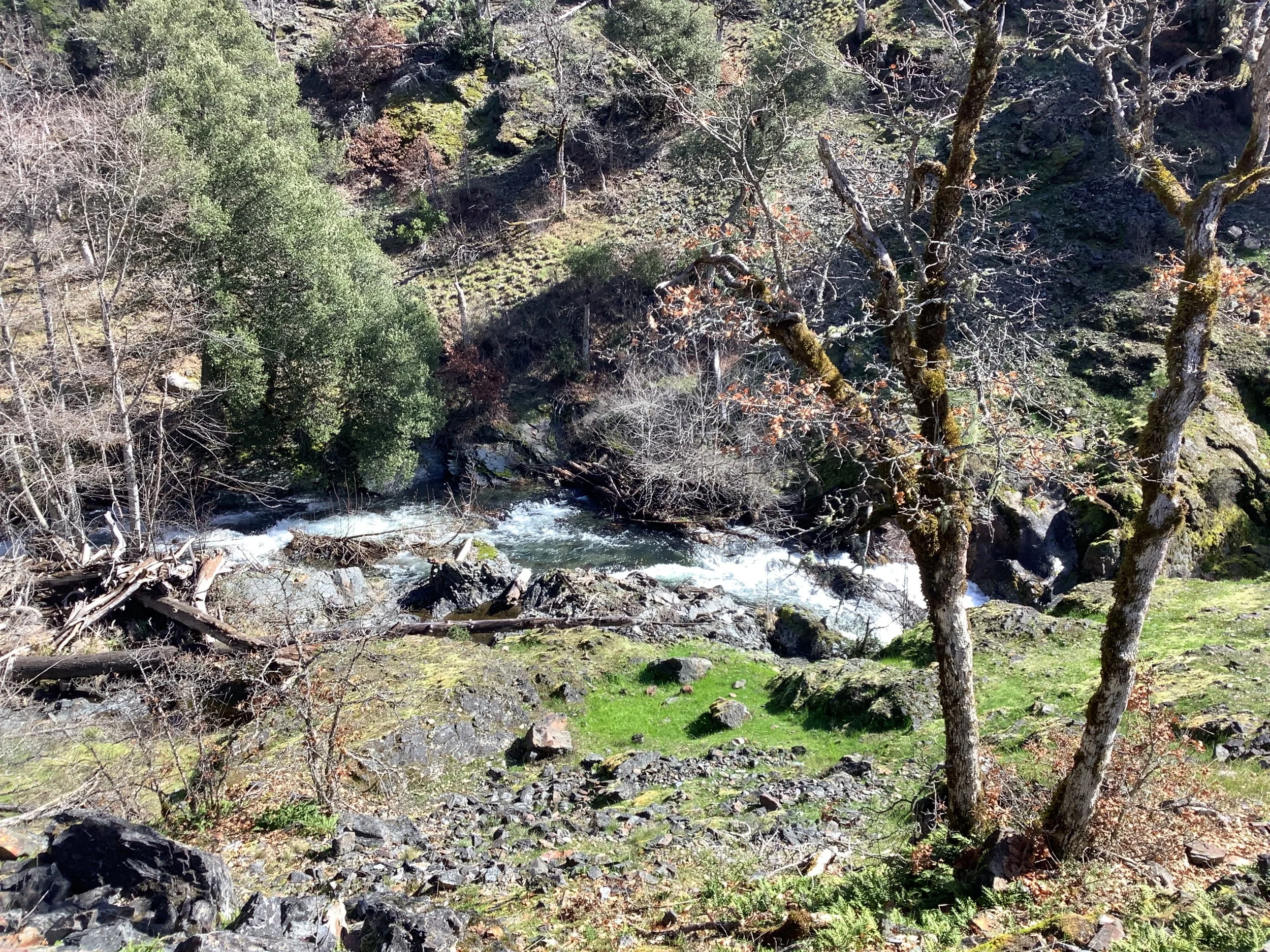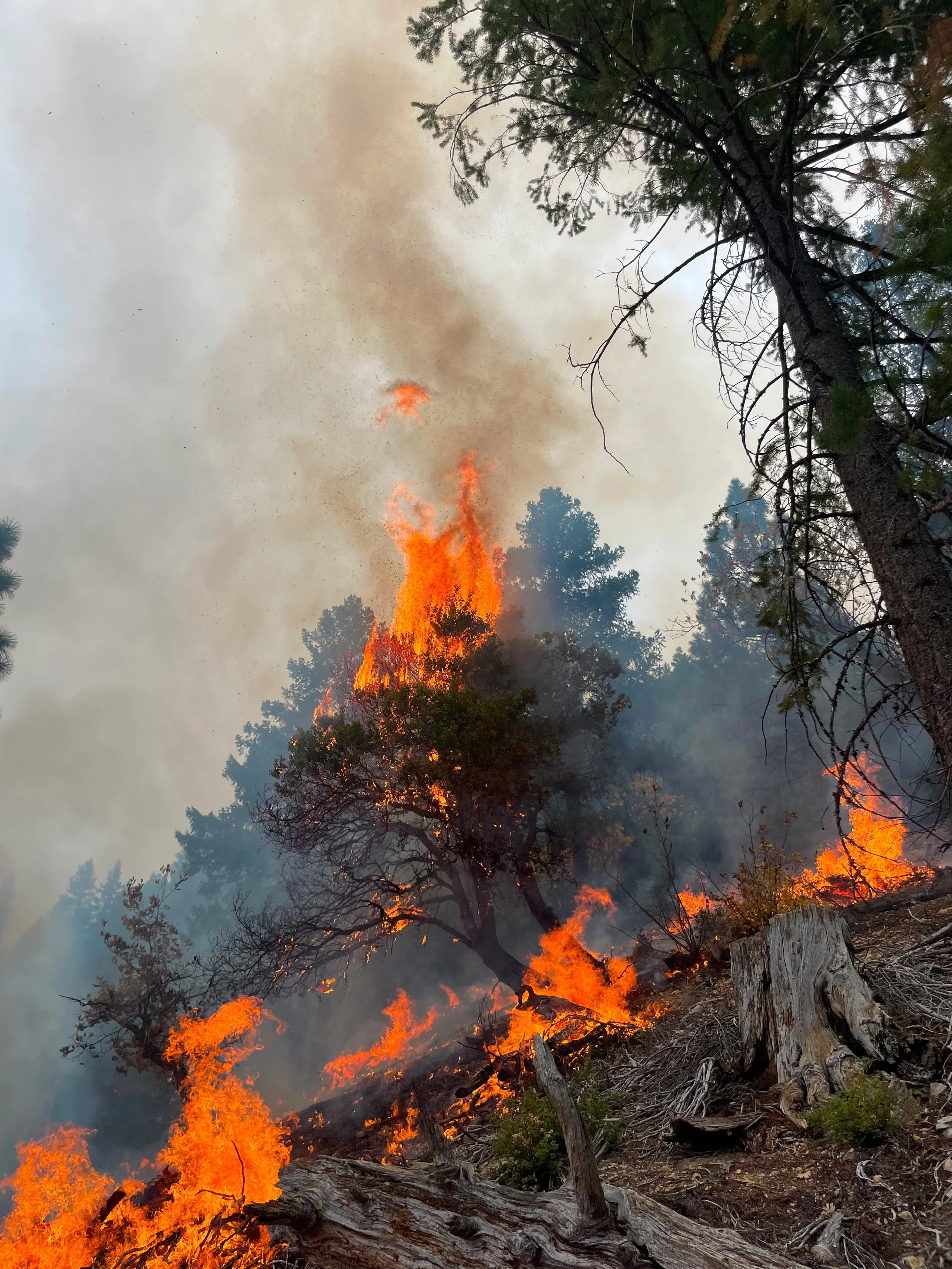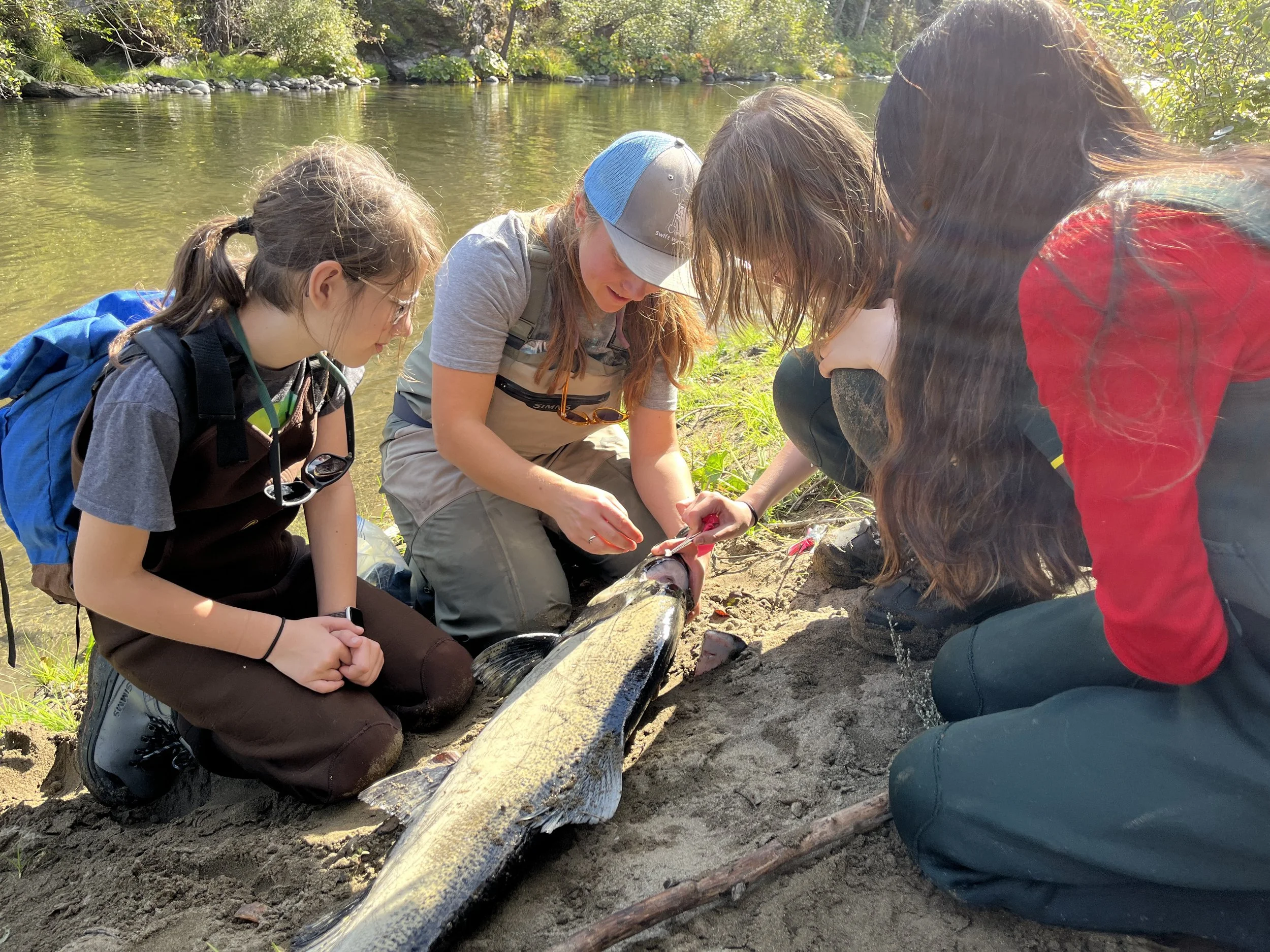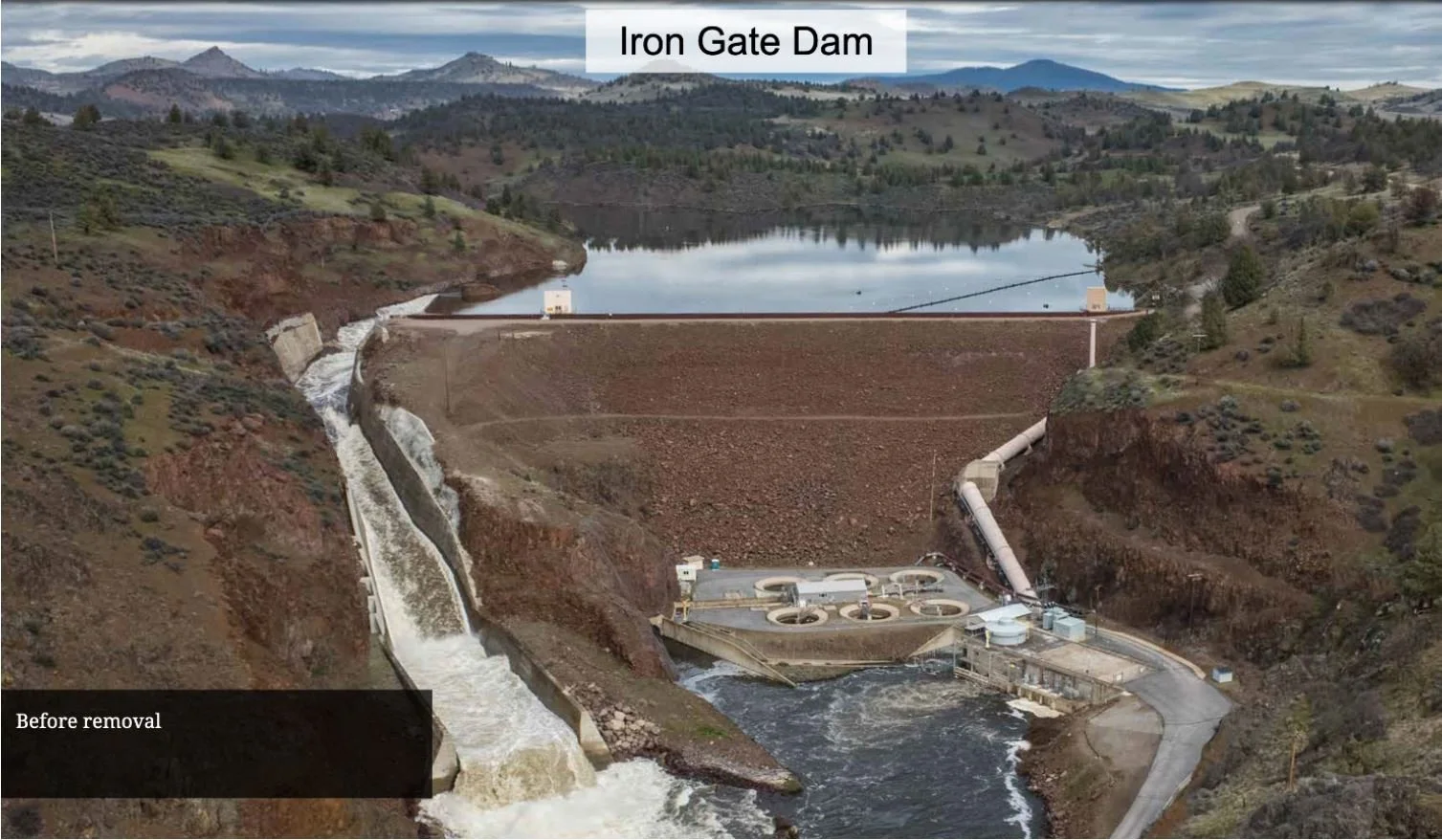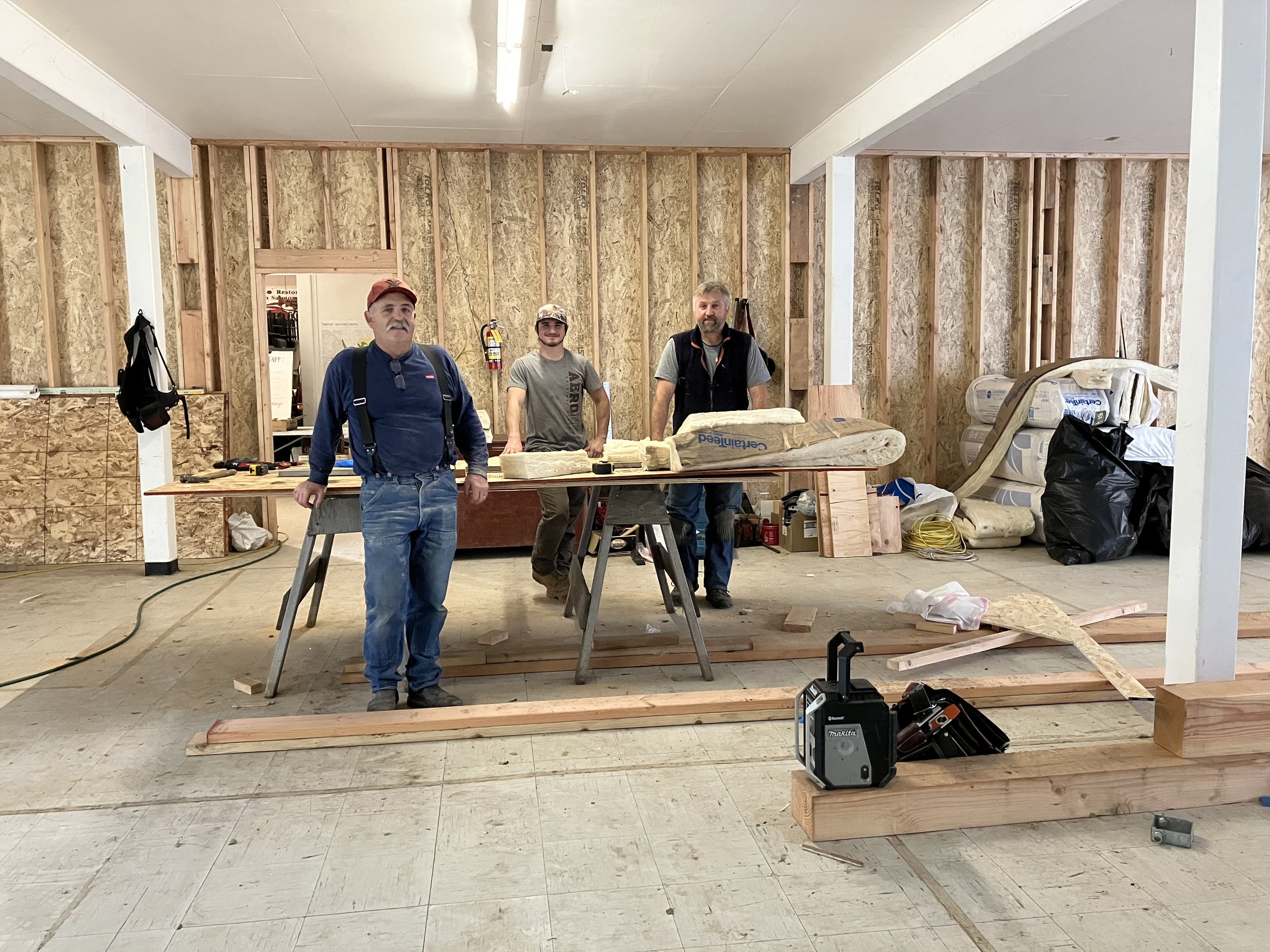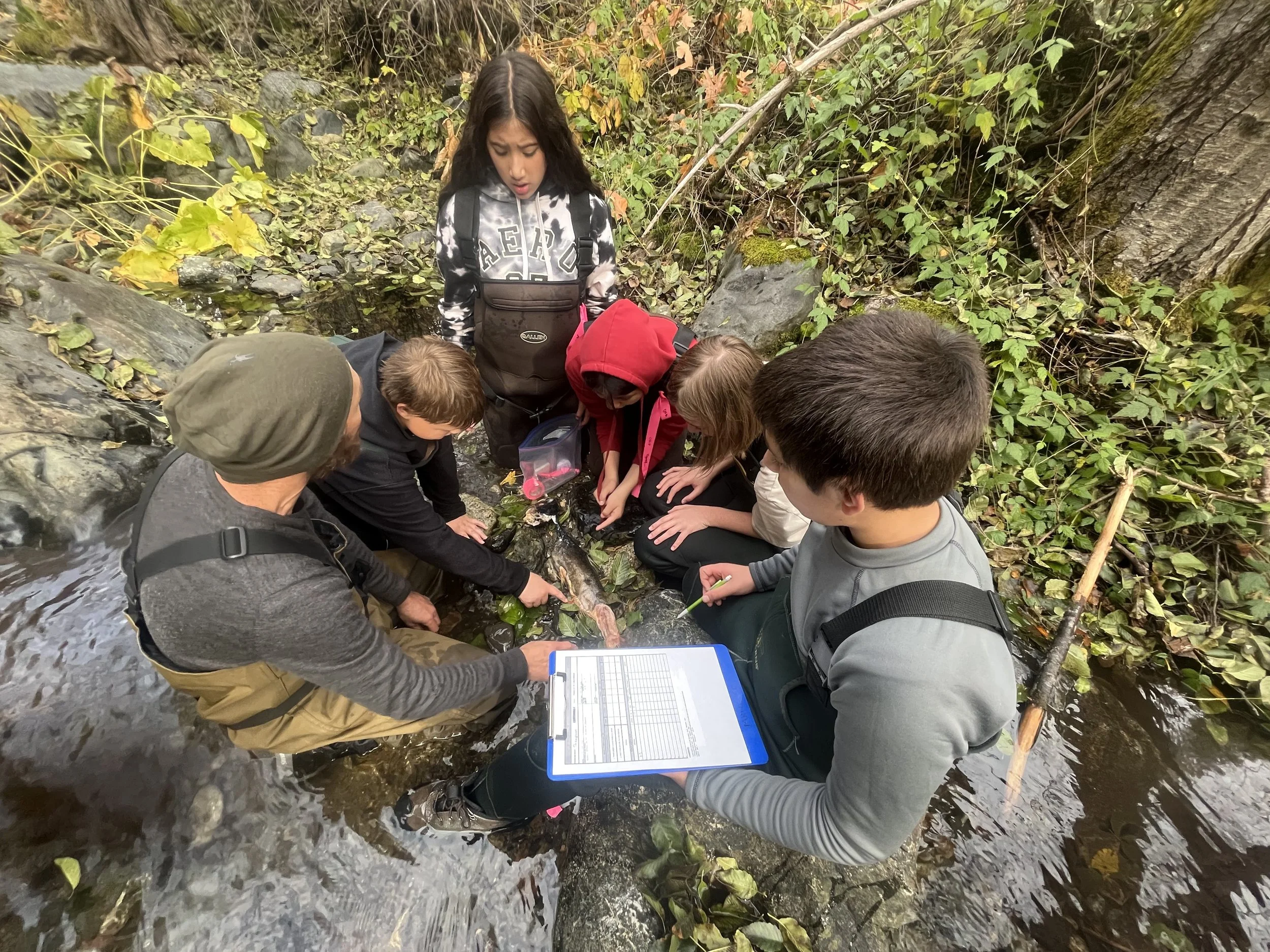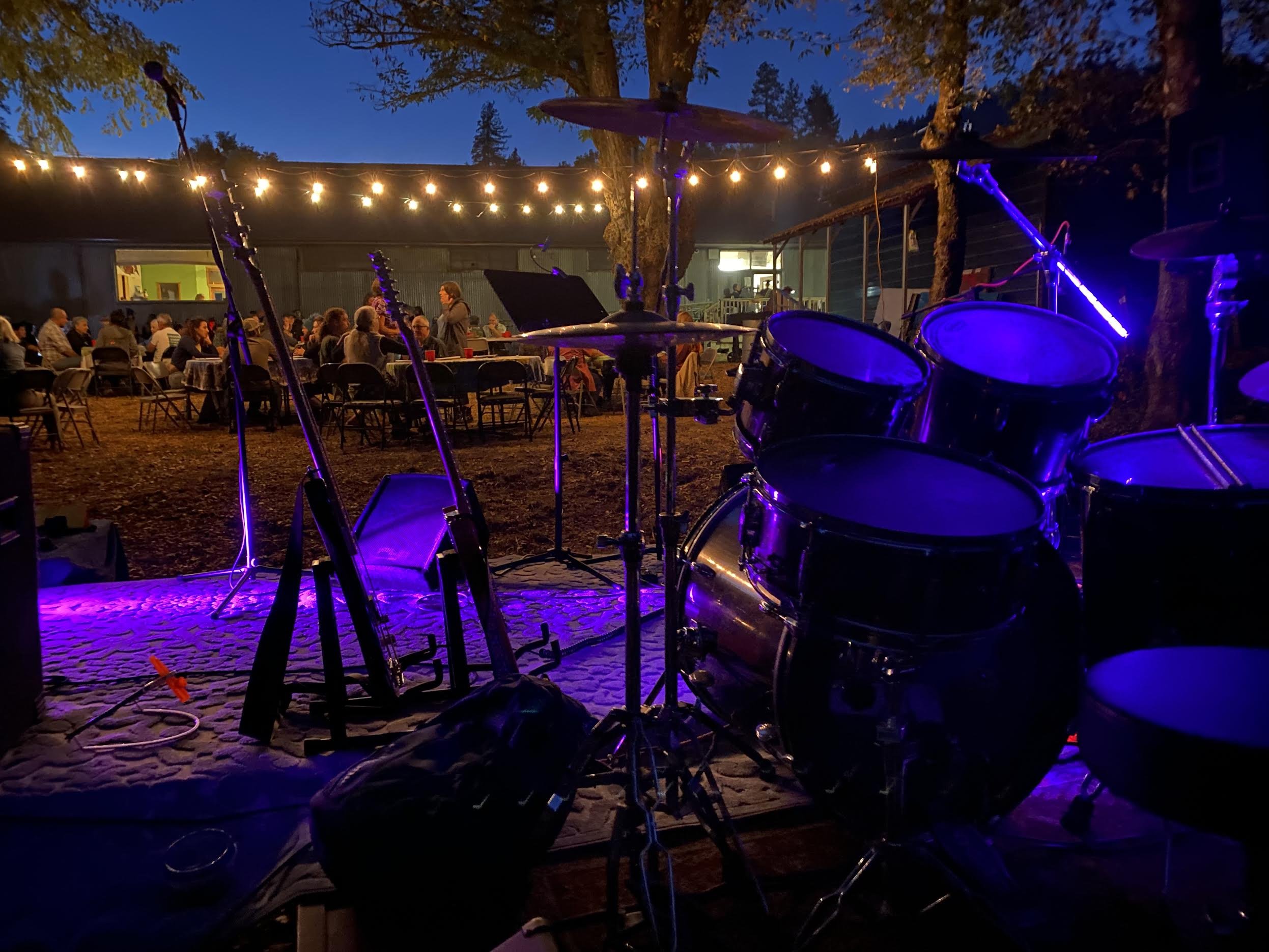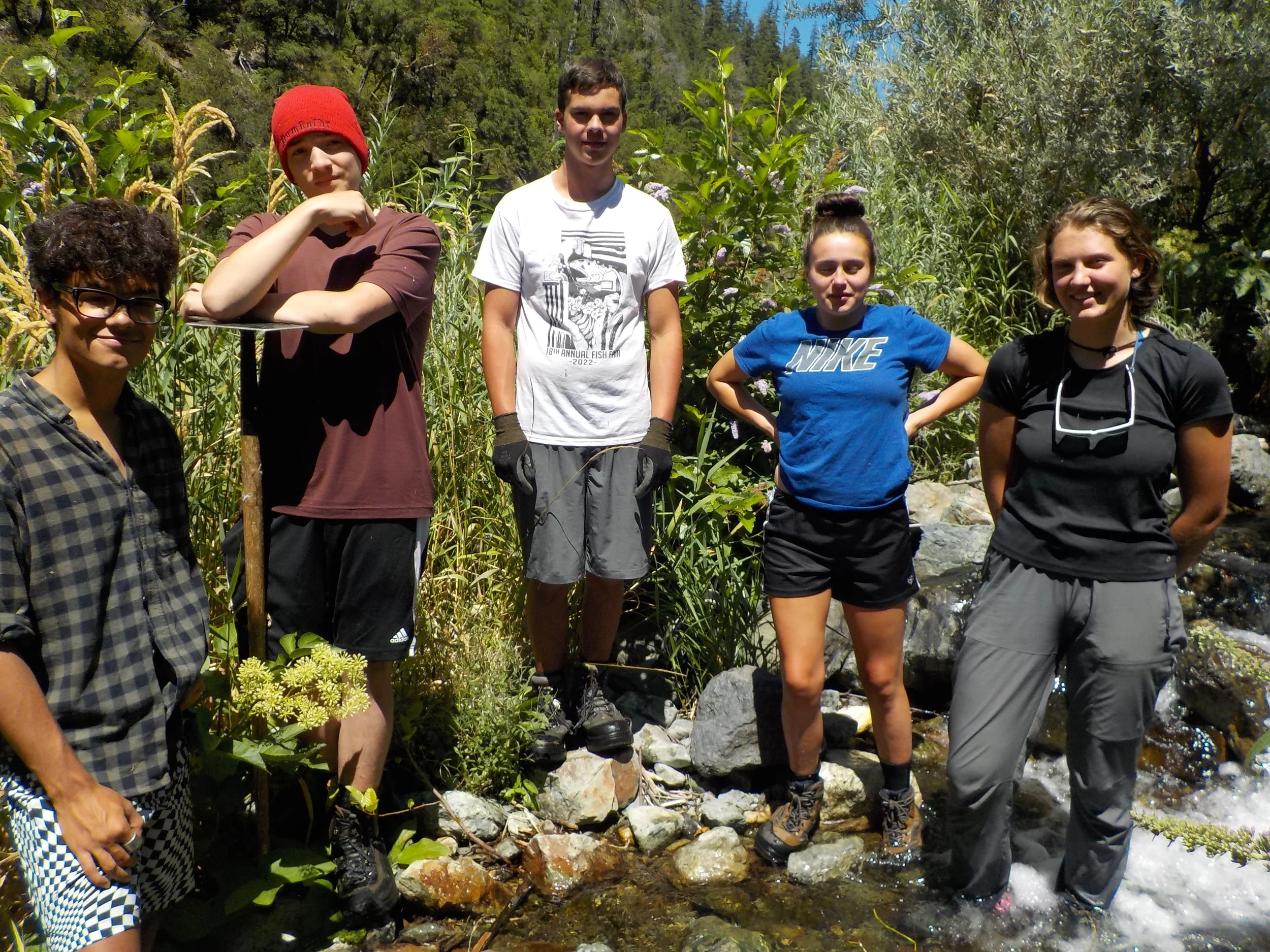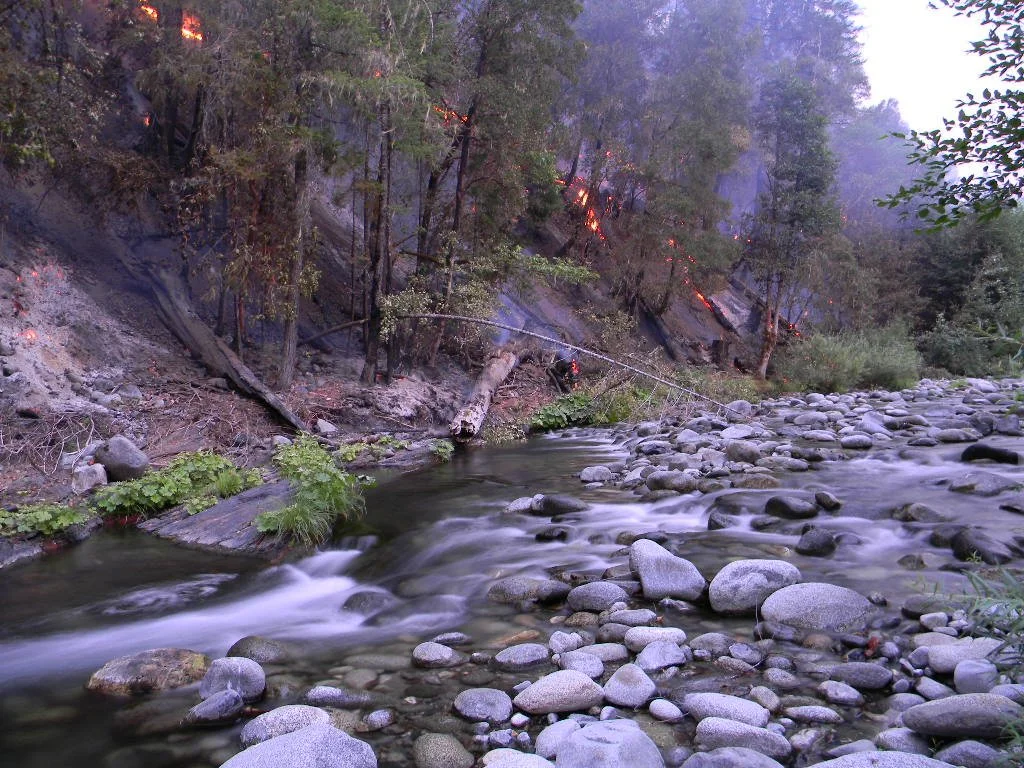The Mid Klamath Watershed Council collaboratively coordinates ecosystem restoration, promotes innovative policy and community vitality, and involves people in land stewardship.
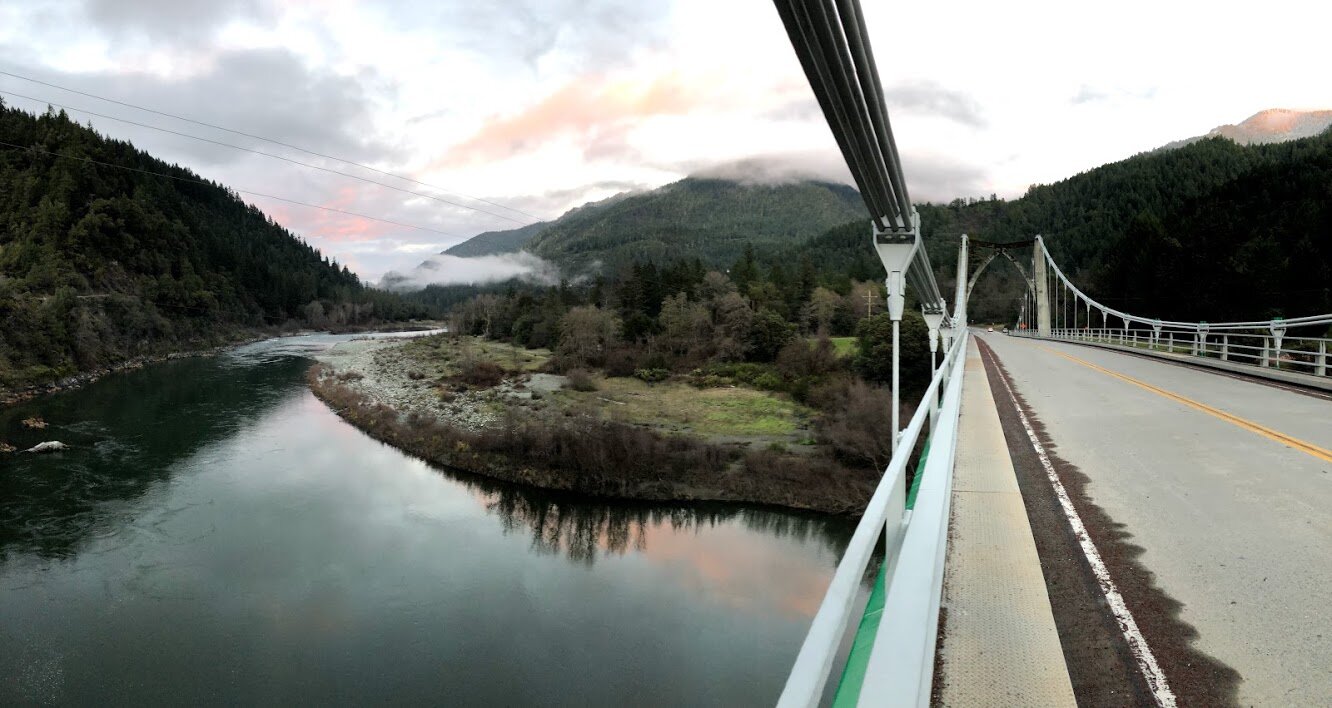
2025 Newsletter
Our 2025 Newsletter explores the theme, “Building Resilience in Our Rivers, Forests, and People".
Klamath TREX
Applications are open for the Klamath Prescribed Fire Training Exchange (KTREX). KTREX will be taking place in Happy Camp, CA this year from October 5-17. Deadline to apply is July 31.
Annual Report
Last year, MKWC expanded programming with the support of 87 active grants managed and administered by our team, as well as the dedication of 96 employees, including 12 youth interns. View the Annual Report to see our project site map in 2024.
Our Programs
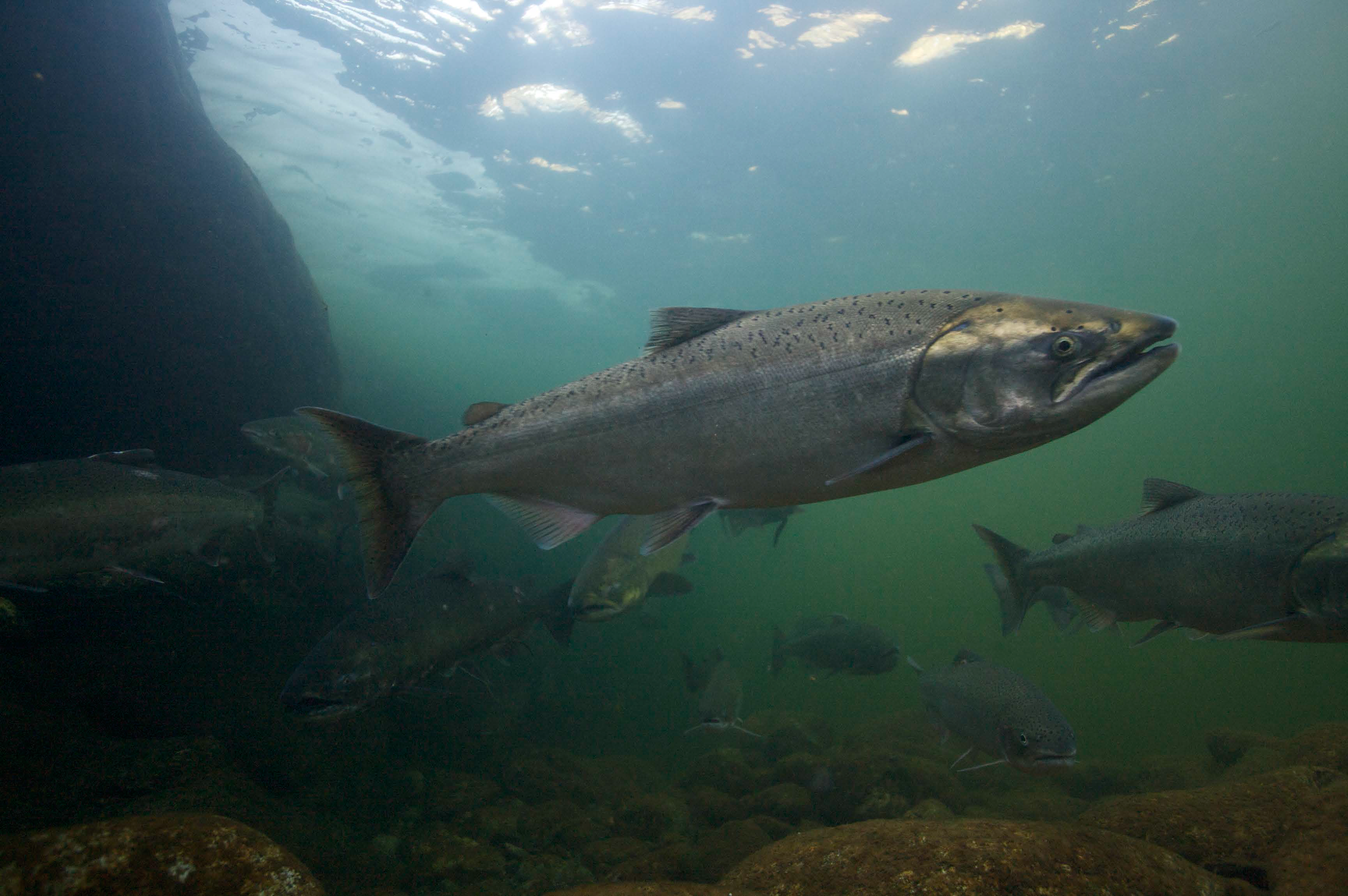
Fisheries

Fire & Forestry
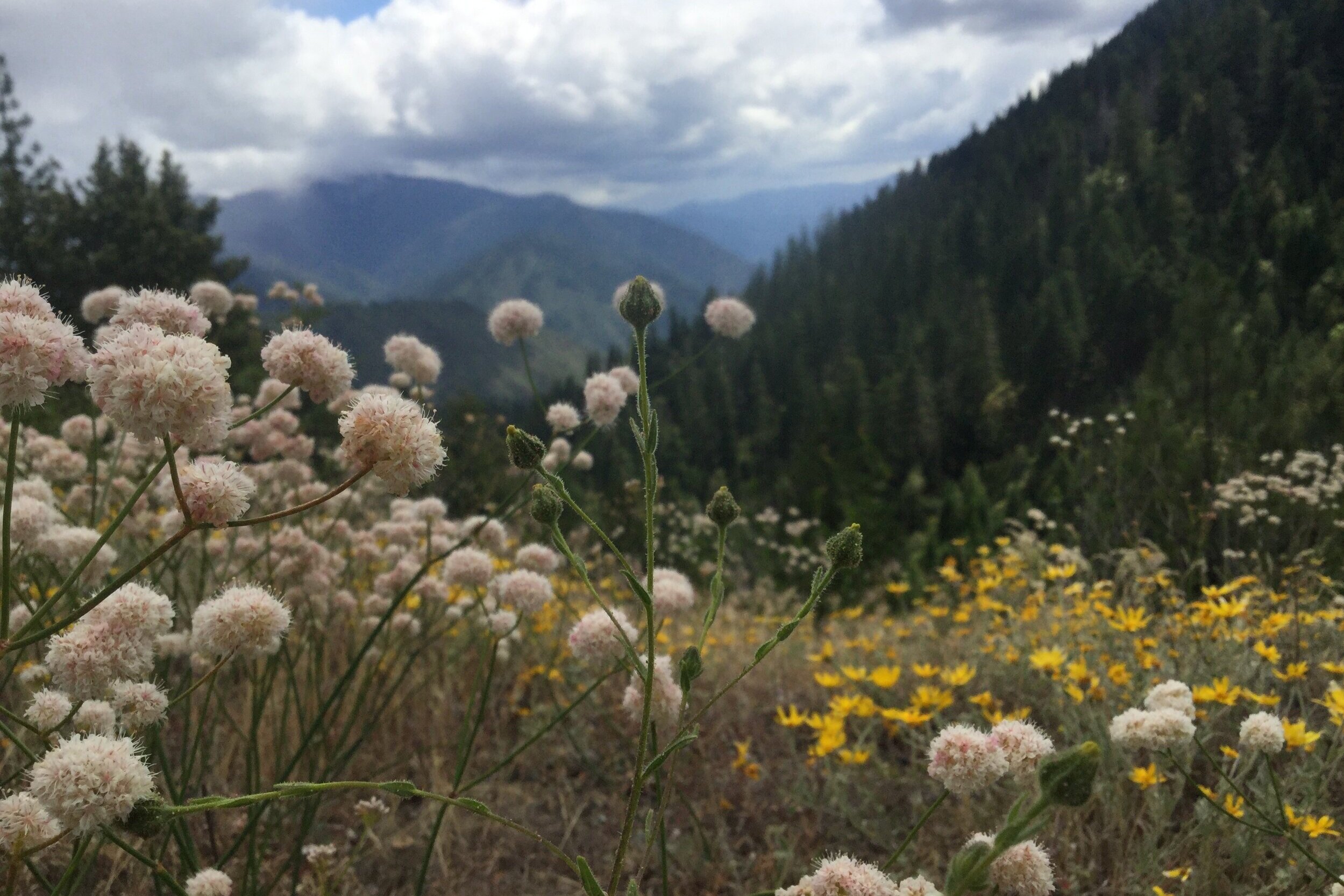
Plants
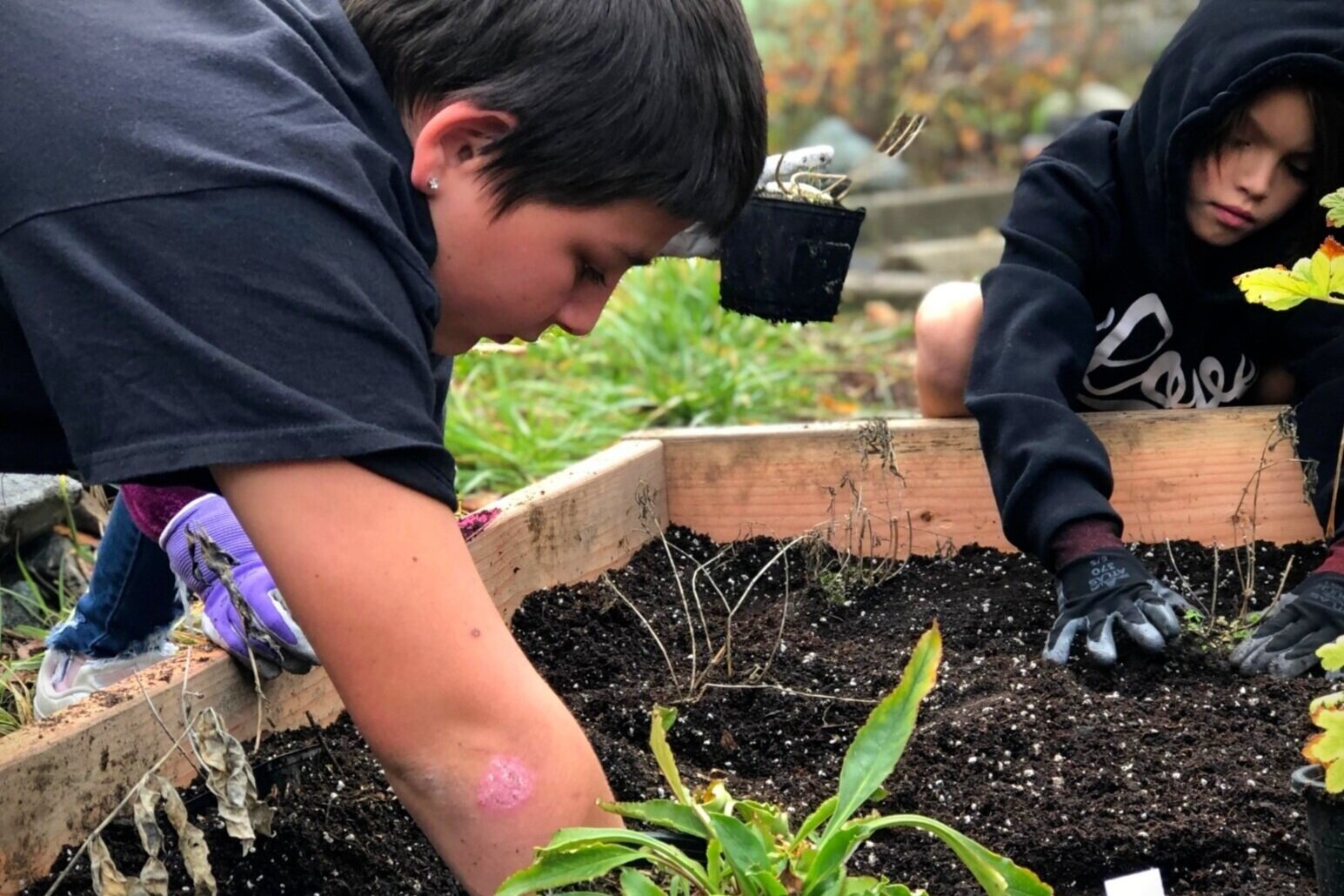
Community & Stewardship
Our Approach
Since 2001…
The Mid Klamath Watershed Council (MKWC) has been working with community partners to restore the threatened Klamath River in Northern California and the upslope habitats upon which the river depends. We are for a “Living and Working Watershed”.
Our programs in the Middle Klamath subbasin include Fire and Forestry, Fisheries, Plants, and Community and Stewardship. We leverage state, federal, and private grant funding, combined with community partnership and volunteerism to accomplish high-value and low-cost restoration actions throughout the Middle Klamath subbasin.
The mission of MKWC is to collaboratively coordinate ecosystem restoration, promote innovative policy and community vitality, and involve people in land stewardship.
We envision the diverse communities of the Klamath Basin working together to restore and sustain a resilient watershed, economy, and community.
To make this vision a reality, we focus on three main goals:
1. Facilitate and support holistic restoration of the natural and cultural resources of the Klamath watershed, including aquatic, riparian and upslope habitats.
2. Increase understanding of, and inspire action in, the Klamath River region and beyond.
3. Promote community resilience by encouraging cultural and economic activities that sustain our natural resources.
Klamath Waypoint Blog
The official blog of the mid klamath watershed council
The Spring weeding season is in full swing and Mid Klamath Watershed Council’s (MKWC) plants crews are hard at work removing invasive plants.
Local Youth Earn Wildland Firefighter Basic 32 Certificates
MKWC Plants Crew- A Whole New Meaning to the Word "Growth"
This past July, the Mid Klamath Watershed Council, in partnership with the Karuk Tribe and the Klamath National Forest, completed the East Fork Elk Creek Fish Passage Project with the goal of improving existing habitat and facilitating permanent volitional access for Coho salmon to an additional 4 miles of prime spawning and rearing habitat on East Fork Elk Creek...
The week of June 15, the Karuk Tribe, the Mid Klamath Watershed Council and partners conducted a Prescribed Fire at Morgan Point outside of Happy Camp.
With a burgeoning amount of restoration projects around Happy Camp and further upriver, a growing set of employees based in Happy Camp, and a small rental office we’ve outgrown, MKWC purchased a new office space in Happy Camp.
In 2019, MKWC received funding from the US Fish & Wildlife Service to build monarch butterfly waystations, patches of habitat that provide resources necessary for monarchs (and other pollinators) to reproduce and sustain their migration. Over the last 4 years, MKWC has planted, monitored, and maintained waystations at six locations along riparian areas from Seiad Valley to Orleans, CA.
We are excited to share that Kathy McCovey is now working with the Mid Klamath Watershed Council as Co-Executive Director! Kathy brings a lifetime of professional and personal experience relevant to the Klamath River region and beyond, and we are honored to have this opportunity to work with and learn from her as we strive to collaboratively plan and implement ecosystem restoration, promote community vitality, and involve people in land stewardship.
This past December, the Mid Klamath Watershed Council staff convened for two days of trainings, skill-sharing, and team-building, followed by our annual holiday party. Here are some of our favorite photos.
From October 30-November 4, Klamath TREX partners hosted a fall edition of Klamath TREX. Over 60 participants gathered in the area and over the course of the week, 745.7 acres were burned. This event is always such an incredible experience, that really brings people together and teaches new skills to participants. KTREX partners include The Karuk Tribe, MKWC, WKRP, Area Fire Safe Councils, The Nature Conservancy and more.
This fall, MKWC led over 50 6th-8th grade students on salmon surveys. Each week rain or shine, students suited up in waterproof waders and navigated tributaries to the Klamath River where Fall Chinook were actively spawning.
On Tuesday, October 10, and Wednesday, October 11, 2023, MKWC, the Karuk Tribe, and Columbia Helicopters completed the West Fork Beaver Creek Helicopter Wood Loading Project. 125 key log pieces (>=24" dbh, 45' long, with root wads) were added to 2.5 miles of West Fork Beaver Creek.
On Thursday July 27, members of the Orleans and Happy Camp MKWC Fisheries crews headed up 96 for an informational tour of the Klamath dams and surrounding areas. We visited three of the dams, Iron Gate, Copco 1, Copco 2, and received a guided tour from Klamath River Renewal Corporation (KRRC) Chief’s Executive Officer Mark Bransom and Resource Environmental Solutions’ (RES) Project Manager Dave Coffman. This trip was planned because of a desire for information about the current process of Klamath dam removal, impact, and restoration. Read more here!
There is a recognizable trend in local youth towards pursuing work in ecological restoration. Young people are seeking career paths that will involve them in the effort to heal their watershed…
A successful technique of stream restoration is the strategic placement of logs and wood structures to replicate downed trees and debris that occur naturally…
Nothing can be more momentous to our community and restoration in the watershed than the removal of four dams on the Klamath River…
Each winter MKWC participates in a multi-organizational effort to monitor how many adult Coho salmon return to the Klamath Basin to spawn. From November through January survey crews are in the field, walking and diving the streams to document adult fish, redds, and carcass counts and collect carcass samples for laboratory analysis. Data collected during Coho spawner surveys informs fisheries restoration projects in the watershed, helping to determine priority locations for restoration and documenting the effectiveness of completed projects…
After more than a year of delays due to the Covid-19 pandemic, plan approval by the County, and other unforeseen circumstances, KJ Construction of Willow Creek began tearing into the Panamnik Building in Orleans, CA this past October…
“I really hope we find a carcass!” We are five middle school students from Happy Camp Elementary School and two fisheries technicians from the Mid Klamath Watershed Council winding along the Klamath River on our way to survey the Chinook salmon run on a section of Thompson Creek…
After two years of COVID precautions, the Panamnik Building started hosting events again!
The Mid Klamath Creek Mouth Enhancement Project is one of the Mid Klamath Watershed Council’s longest running restoration projects, and has been implemented every summer for the past 13 years. This project has focused on improving access to cold water refugia for out-migrating juvenile salmonids and upriver adult migrants by remediating seasonal barriers to migration and enhancing creek mouths to ease passage into important cold water habitat.
The Rogers Creek Meadow Restoration project’s focus was to improve the biodiversity and habitat of historic meadows, to reduce the risk and outcomes of catastrophic wildfires and to prepare these landscapes for the reintroduction of prescribed fire that has been suppressed over many years.
Did you know that the Klamath River is home to three kinds of native mussels? Did you also know that these mussels spend a portion of their life cycle attached to fish gills? And more amazingly, only on specific fish species?!!!!!! Did you know that some of these native mussels live to be over a 100 years old? (They have age rings like a tree!) It is possible there are mussels in the Klamath River that have been there since the year 1918! Read on to find out more about the Klamath River’s native mussels.
I keep a rain gauge at home, it is the simple variety. It looks like a little glass beaker tube with gradations.
Somehow it has become a ritual to record the weather. I share observations with my family, friends, community and colleagues. It can be particularly useful with respect to fire weather and “burn” windows, but the weather also often just seems like a good thing to talk about…
Neighborhoods throughout Humboldt County are taking advantage of the Fire-Adapted Landscapes & Safe Homes Program, better known as “FLASH”, including communities along the Klamath River.
Spring is happening fast. The early season wildflowers, like houndstongue and trillium, are bumping right up to blooms we usually associate with early May, like redbud and Indian potatoes.
A spring that quickly moves towards summer makes for a busy weeding season too…
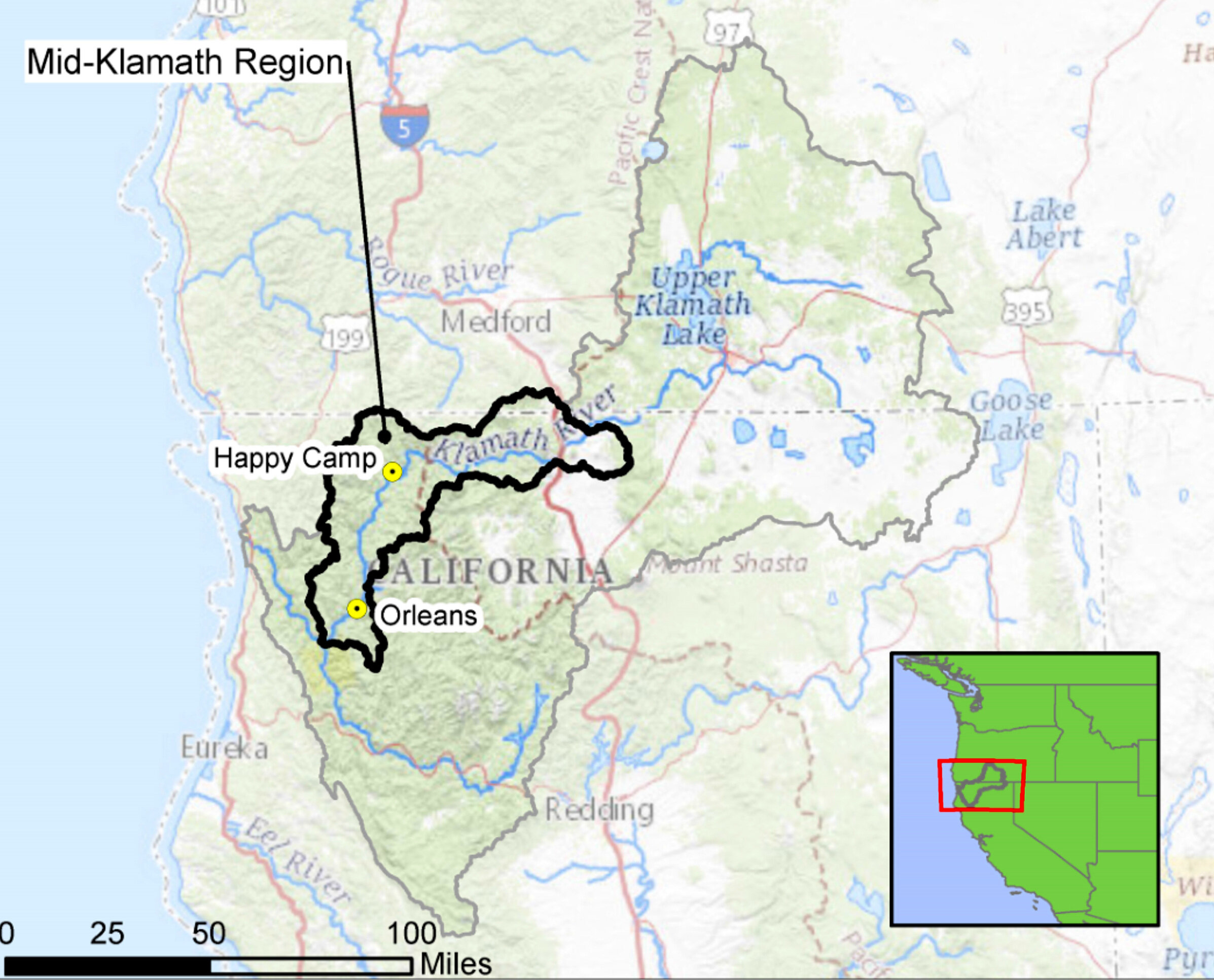
Where we work…
Orleans Office
Mon-Fri 9am-5pm
(530) 627-3202
Fax: (530) 517-6063
Mailing: PO Box 409
Physical: 38150 Highway 96
Orleans, CA 95556
Happy Camp Office
Open by appointment
(530) 493-5100
Fax: (530) 517-6063
Mailing: PO Box 50
Physical: 64012 Hillside Road
Happy Camp, CA 96039
